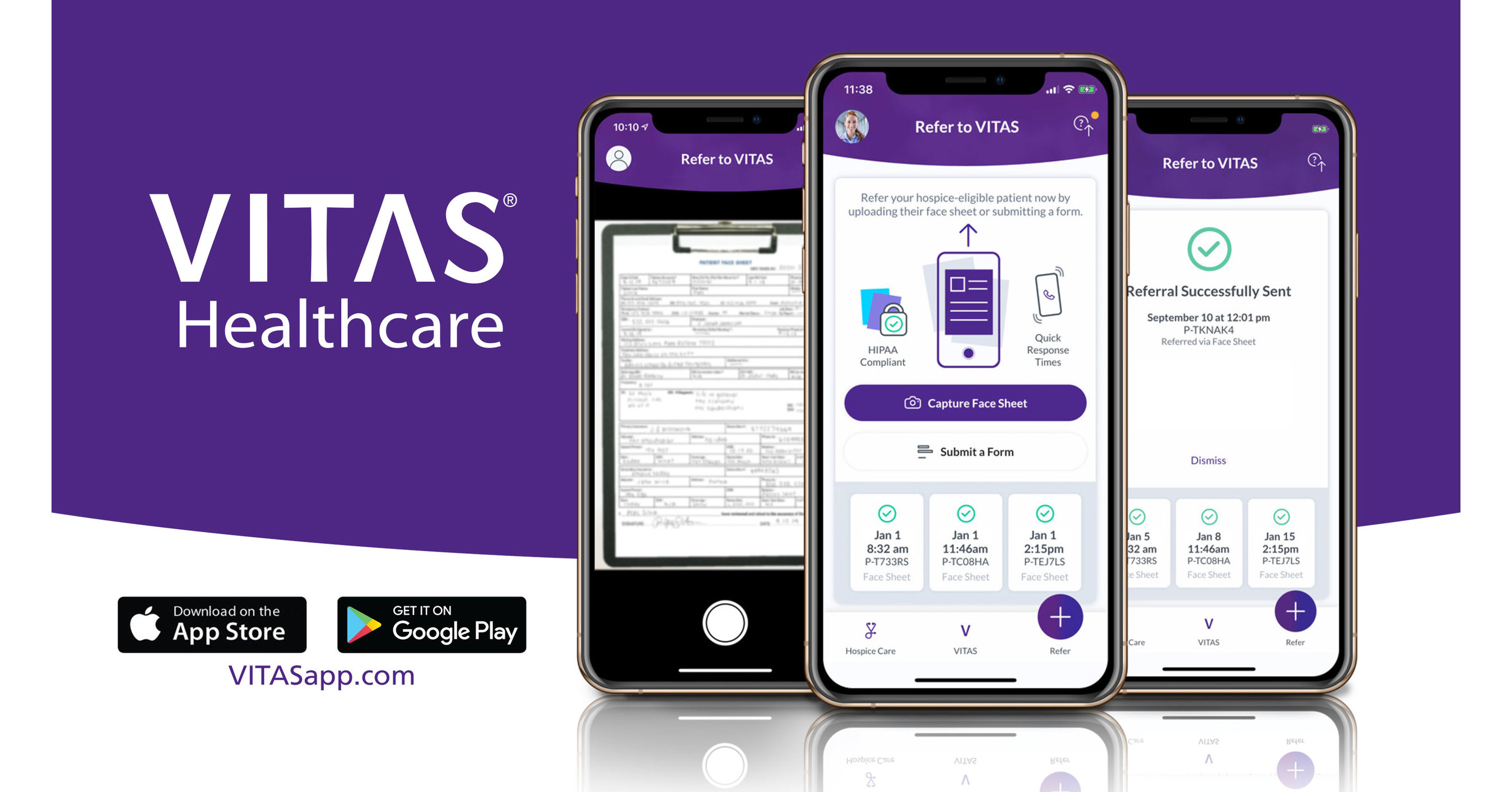
The cost of home health aides varies by state. Although Medicare doesn't cover home health aide services as such, the demand is increasing with the aging baby boomers. This article examines the various costs and explains the training requirements needed to become a home health aide. There are several factors to consider when making a decision about whether to hire a home health aide. Keep reading to learn more. A home health aid is often a valuable asset to elderly or disabled people.
Medicare does not pay for home health aides
Medicare-certified home aides can offer a range of personal care services for patients who have difficulty dressing or bathing. These services are not typically covered by Medicare. However some cases may qualify for coverage. To get started, Medicare beneficiaries must have a plan of care, which includes the types of services needed, frequency, supplies needed, and results expected. Also, the plan must indicate that services are only limited to skilled nursing and not such services as bathing and drawing blood. Medicare also requires that the home-health agency be certified to offer Medicare services.
Home health care services may be added to a Medicare plan in lieu of medical assistance if they are part a continuing plan. Part A includes home health services that include feeding tube care or medication injections. Home nursing and personal care cannot exceed eight hours per night or 28 hours per work week. Your situation will be assessed by a Medicare-certified agency for home health care.

As baby boomers age, so does the demand for home healthcare.
As the Baby Boomer ageing population continues, so will the demand for home care services. Currently, there are more than 74 million baby boomers contributing to the U.S. economy and aging population. As the baby boomers grow older, they will probably choose to stay at home. 89% of those individuals are over 50 while 97 % are over 65.
According to the U.S. census, there will now be 83.7 million seniors by 2050. This compares with 43.1 million people in 2012. The healthcare industry will be greatly affected by this sudden rise in population. According to the American Hospital Association, 25% of all boomers will have diabetes in 2030. Another third will be obese and almost half will have a chronic condition. This demographic also faces the danger of falling prey to scams and loneliness. The boomer generation's aging population will create exciting opportunities for new healthcare technologies.
Cost of home care assistance services varies according to state
There are many factors that affect the cost of home health care services. Typically, home care services are provided in two to four-hour blocks, and prices are usually higher during evening hours, weekends, and holidays. Transportation costs are another factor that can impact the cost of home care services. The cost of home care can be higher if there are fewer providers in densely populated areas. Rural seniors may end up paying more than the national median for in-home healthcare.
Medicare and Medicaid cover some home health care costs, but coverage varies between states. Medicare covers, for instance, the cost of nursing home and short-term acute care. Medicaid on the other hand provides greater coverage and allows home health aides to work from home with greater freedom and flexibility. A lot of states offer consumer directed care riders which pay for the wages and benefits of home health aides. These programs pay caregivers a stipend.

Training requirements for home healthcare aides
16 hours on-the-job training is required for home health aides working in Washington DC. Many states have additional training requirements. Washington DC has strict requirements for home health aids. They must pass a competency assessment, have a criminal record check completed, and pay an application cost. Private companies do not reimburse Medicare for training costs.
You have many advantages when you become a New York-based home health aide. Home health care allows patients to receive quality care in their own homes, instead of in a nursing home. Although the requirements for this job are similar in nature to those for other medical professions, the education and experience necessary to become a home health aide differ from one state to the next. A high school diploma, as well as some on-the job training, are required. Some hospice and home health agencies require formal training, and may also require a standardized test to hire aides.
FAQ
What is the value of the health care system
A country's economy is only as strong as its health care system. It helps people live longer, healthier lives. It creates jobs for nurses, doctors, and other medical professionals.
No matter what income level, health care systems ensure that everyone has access to quality healthcare services.
It is important to understand how healthcare systems work if you're interested in a career as a nurse or doctor.
Who is responsible for the healthcare system?
It depends on how you look at it. The government might own public hospitals. Private companies may run private hospitals. Or a combination of both.
How do I become a creative health professional?
There are many ways to be a creative health professional. Many people begin their career as students. Others start out in business or engineering.
Some people choose to take a course in a particular topic, such as leadership, management, and health policy. Others decide to take an elective course that explores different perspectives on health and health care.
No matter what your path, you will learn about health and care topics through lectures, readings and group discussions. Assignments and projects are also available. Other options include workshops, conferences, or seminars.
The program will equip you with the knowledge and skills you need to interact with clients, colleagues, or patients in any capacity within the health sector.
You could even go on to earn a doctorate degree.
What are the main goals of a system for healthcare?
The three most important goals of a healthcare system should be to provide care for patients at an affordable cost, improve health outcomes, and reduce costs.
These goals have been combined into a framework called Triple Aim. It is based upon research from the Institute of Healthcare Improvement. This was published by IHI in 2008.
This framework is meant to show that if we concentrate on all three goals together, then we can improve each goal without compromising the other.
Because they don't compete with one another, this is why. They support one another.
In other words, people who have less access to healthcare are more likely to die as a result of being unable or unwilling to pay. This decreases the overall cost associated with care.
We can also improve the quality of our care to achieve our first goal, which is to provide care at an affordable cost. It also improves outcomes.
What do you think are some of the most important issues facing public health today?
Many people suffer from obesity, diabetes, heart disease, and cancer. These conditions result in more deaths per year than AIDS combined with car crashes and murders. A poor diet, lack exercise, and smoking can all lead to high blood pressure as well as stroke, asthma and other health problems.
What should I know regarding vaccines?
Vaccines provide a very safe and effective way of keeping you healthy. Vaccines provide immunity against certain diseases. Vaccinations are given during the adolescence and childhood. Your doctor will advise you when it is best for you to be vaccinated.
What is the point of medical systems?
In developing countries, many people lack basic medical care. Many people living in these areas will die before they reach their middle years from diseases such as tuberculosis.
Most people in developed countries have routine checkups. They also visit their general practitioners to treat minor ailments. But many people still suffer from chronic illnesses like diabetes and heart disease.
Statistics
- The health share of the Gross domestic product (GDP) is expected to continue its upward trend, reaching 19.9 percent of GDP by 2025. (en.wikipedia.org)
- Over the first twenty-five years of this transformation, government contributions to healthcare expenditures have dropped from 36% to 15%, with the burden of managing this decrease falling largely on patients. (en.wikipedia.org)
- The healthcare sector is one of the largest and most complex in the U.S. economy, accounting for 18% of gross domestic product (GDP) in 2020.1 (investopedia.com)
- Healthcare Occupations PRINTER-FRIENDLY Employment in healthcare occupations is projected to grow 16 percent from 2020 to 2030, much faster than the average for all occupations, adding about 2.6 million new jobs. (bls.gov)
- About 14 percent of Americans have chronic kidney disease. (rasmussen.edu)
External Links
How To
What are the 4 Health Systems?
Healthcare systems are complex networks of institutions such as hospitals and clinics, pharmaceutical companies or insurance providers, government agencies and public health officials.
The overall goal of this project was to create an infographic for people who want to understand what makes up the US health care system.
These are some of the most important points.
-
Healthcare spending is $2 trillion annually, representing 17% of the GDP. This is nearly twice the amount of the entire defense spending budget.
-
Medical inflation reached 6.6% last year, higher than any other consumer category.
-
Americans spend an average of 9% on their health costs.
-
As of 2014 there were more than 300,000,000 Americans who weren't insured.
-
Although the Affordable Care Act (ACA), has been passed into law, it is not yet fully implemented. There are still significant gaps in coverage.
-
A majority of Americans believe the ACA should be maintained.
-
The US spends the most money on healthcare in the world than any other country.
-
Affordable healthcare for all Americans would reduce the cost of healthcare by $2.8 trillion per year.
-
Medicare, Medicaid, and private insurers cover 56% of all healthcare spending.
-
The top three reasons people aren't getting insured include not being financially able ($25 billion), having too much time to look for insurance ($16.4 trillion), and not knowing what it is ($14.7 billion).
-
There are two types, HMO (health maintenance organization), and PPO (preferred providers organization).
-
Private insurance covers many services, including doctors and dentists, prescriptions, and physical therapy.
-
Public programs provide hospitalization, inpatient surgery, nursing home care, long-term health care, and preventive services.
-
Medicare, a federal program, provides seniors with health insurance. It covers hospital stays, skilled nursing facilities stays, and home care visits.
-
Medicaid is a program of the federal and state governments that offers financial assistance to low-income people and families who earn too much to be eligible for other benefits.